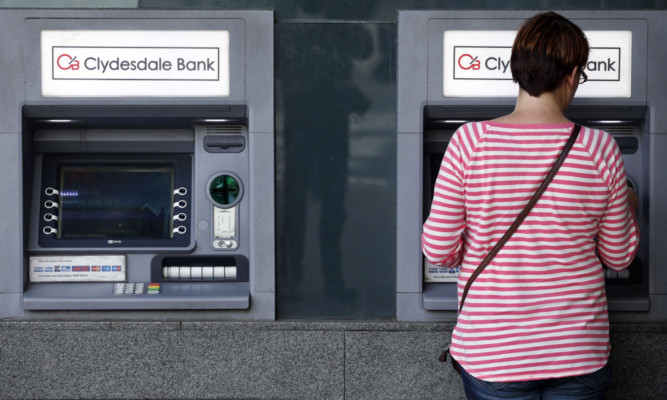Clydesdale Bank is setting aside another £450 million to compensate customers for mis-sold payment protection insurance (PPI).
The money, which puts the the total cost of mis-selling financial products at the bank to £2.1 billion, will come mainly from its former owner the National Australia Bank (NAB).
The Melbourne bank made a half-year statutory loss of Aus$1.74 billion (£900 million), mainly due to a further Aus$4.22bn (£2.1bn) in costs associated with spinning off its Clydesdale Bank assets in the UK.
NAB had to keep up to £1.7bn to pay the continuing costs of mis-selling after the Clydesdale became independent in February as the Clydesdale Banking Group (CYBG).
Of the £2.1bn for compensation so far, about 300m has been paid out.
CYBG said the funds set aside by NAB do not reflect the performance of the Glasgow-based lender since it became independent.
The increased amount being set aside for compensation results from a UK Supreme Court legal judgement which extended the definition of mis-selling.
It dealt with the case of a bank’s client not being made aware of a commission being paid for the selling of payment protection insurance.
The PPI affair has escalated over the last five years into the costliest scandal in UK banking history.
An estimated £37.3 billion set aside over the last 15 years to cover compensation and fines related to the mis-sold insurance – four times the cost of staging the 2012 London Olympics.
PPI was widely mis-sold to consumers unable to claim on it or who did not realise they had bought it. Between 1996 and 2012 banks sold over £44 billion of PPI.
Lloyds tops the league table for payouts and provisions for all bank scandals, setting aside £14 billion between 2000-2014.
The Royal Bank of Scotland (RBS) has set aside £2bn to cover charges of past misconduct including the PPI mis-selling scandal.










